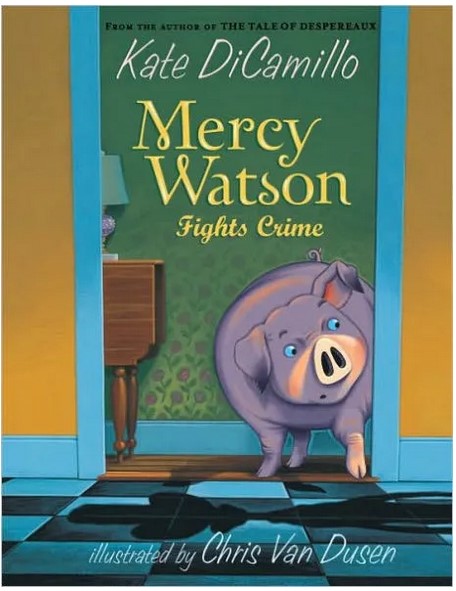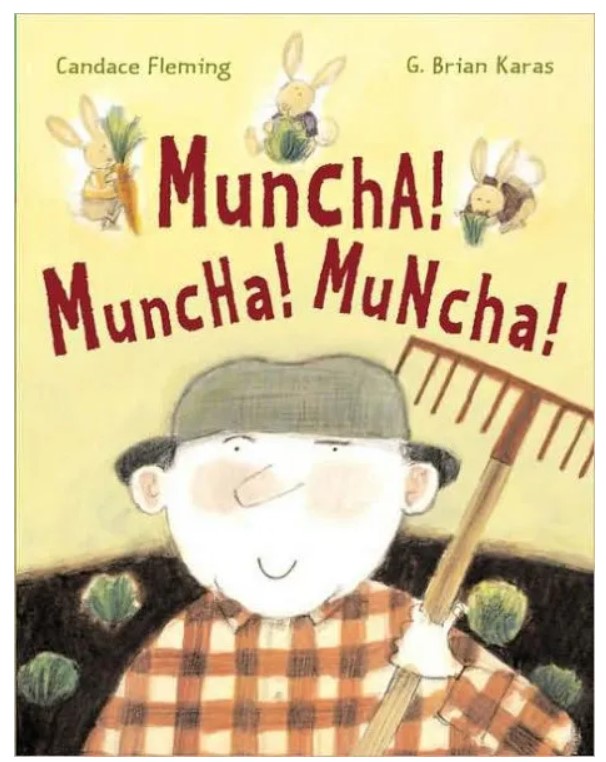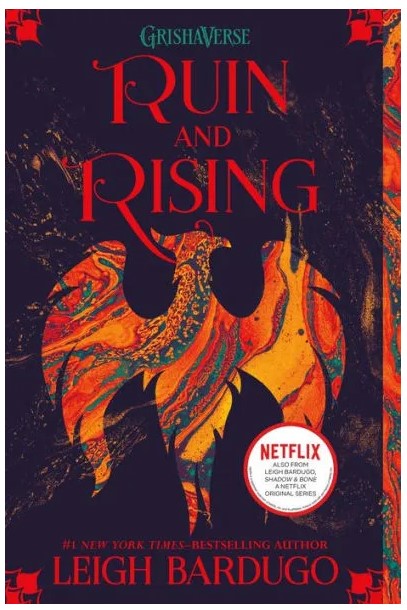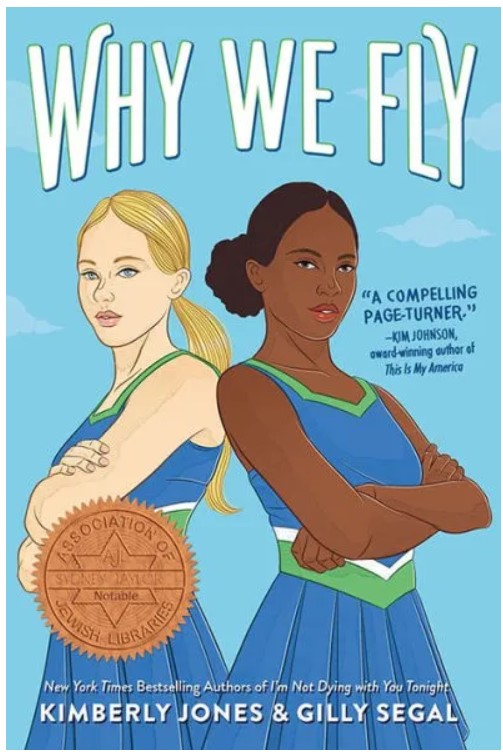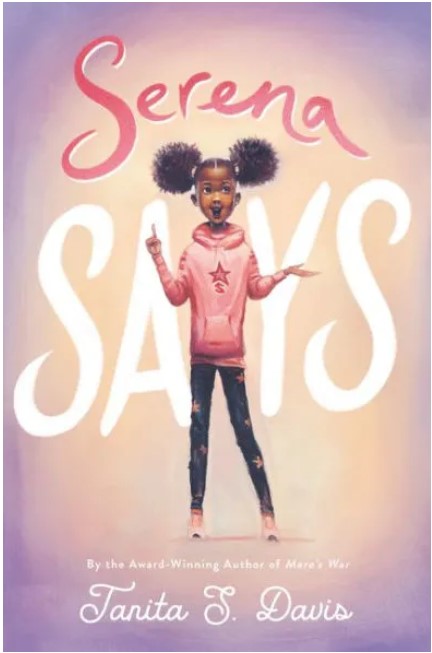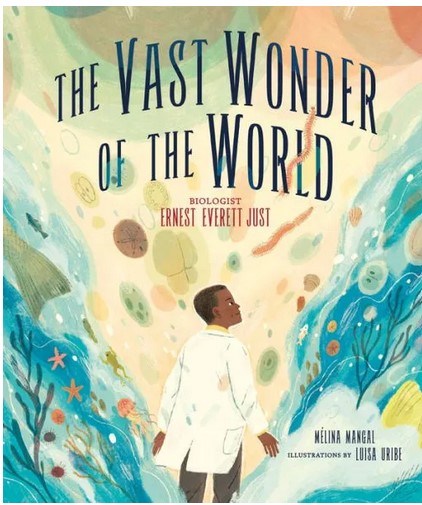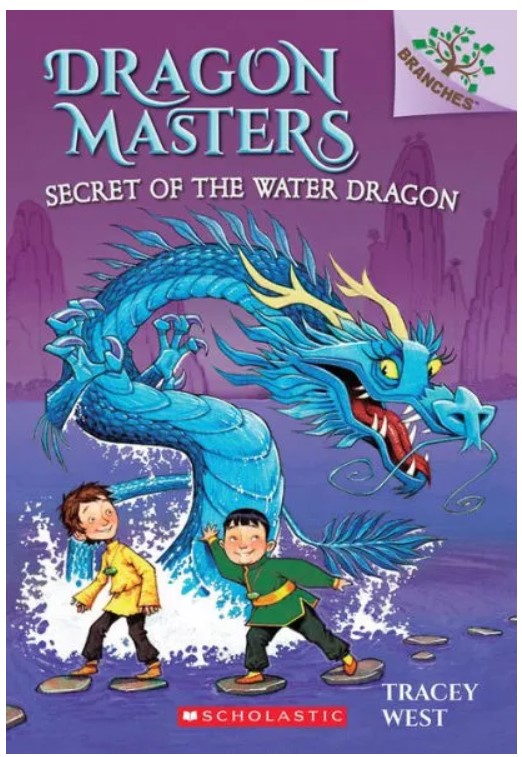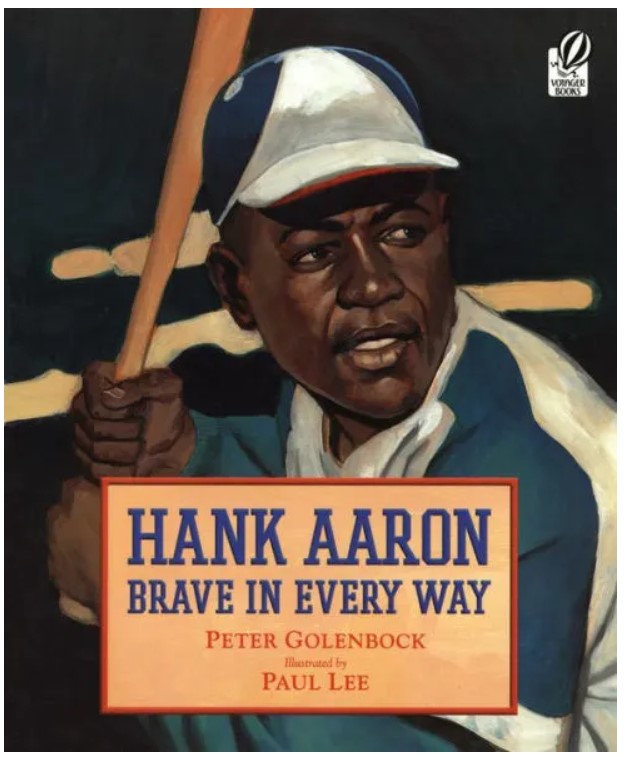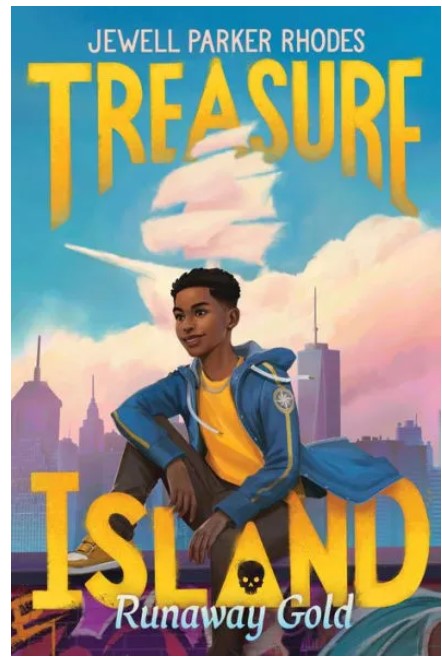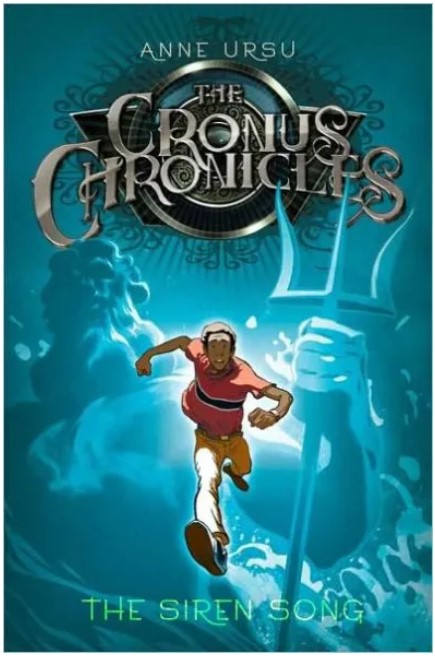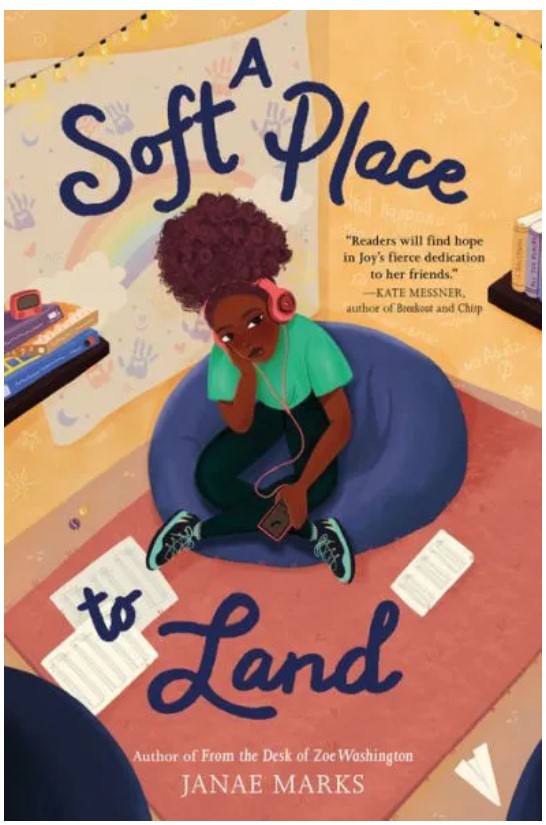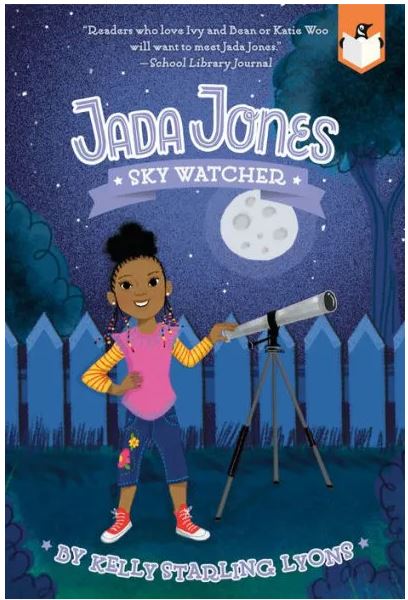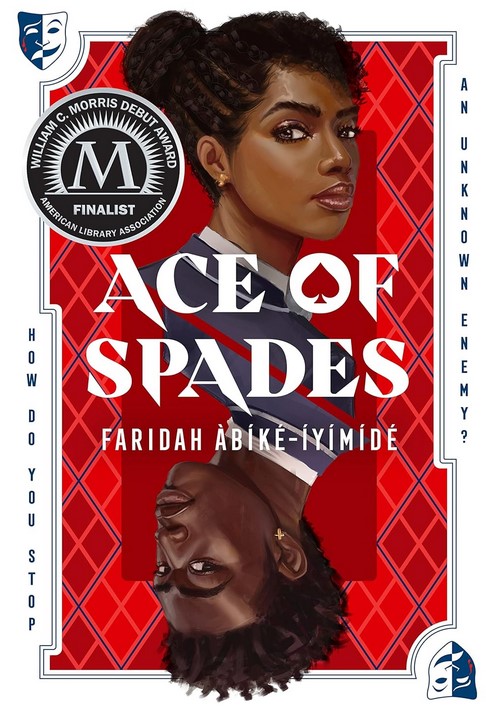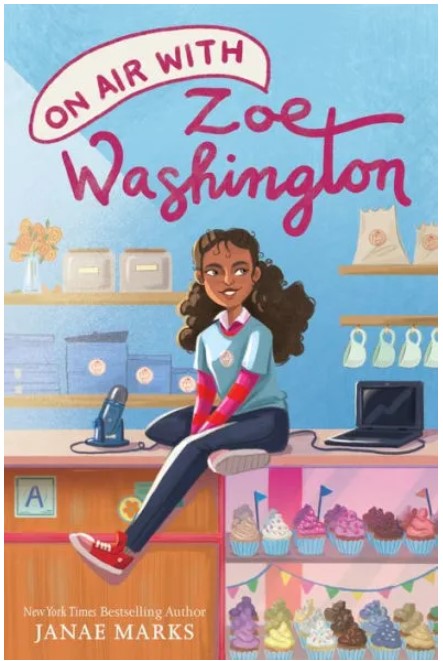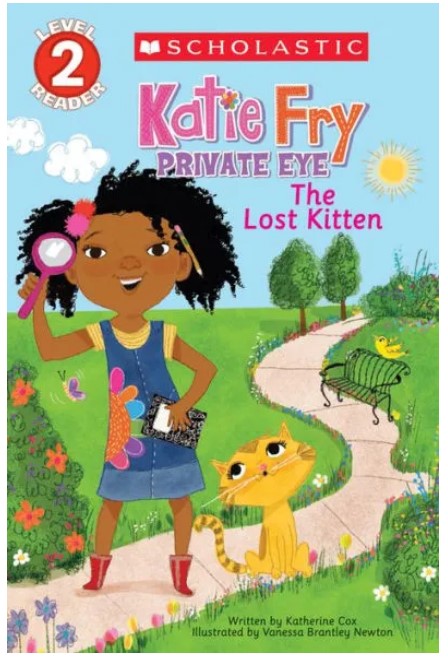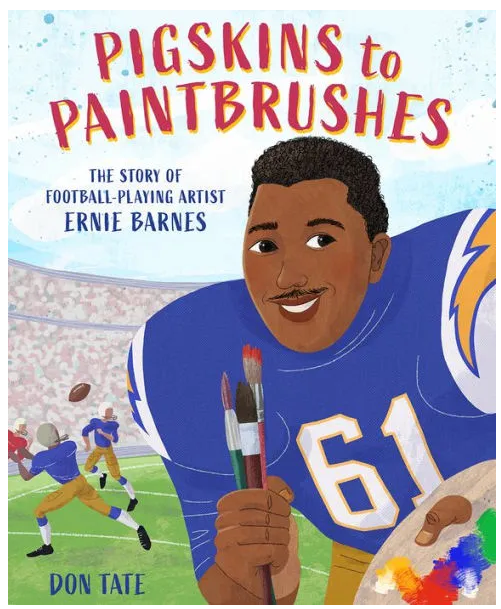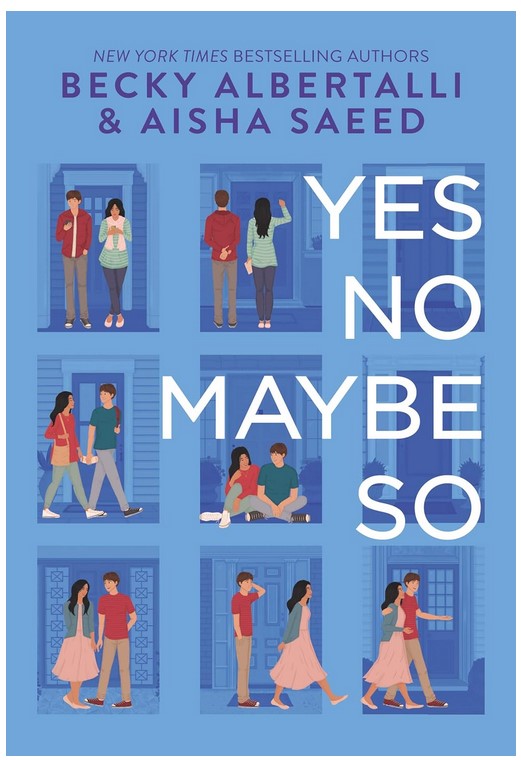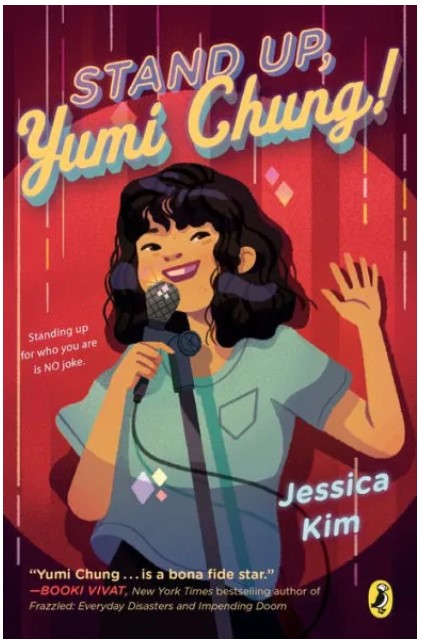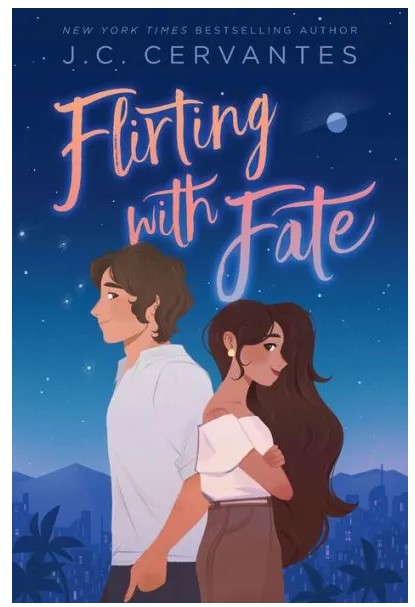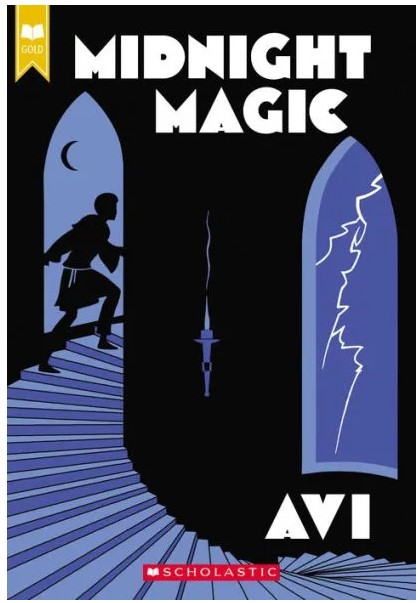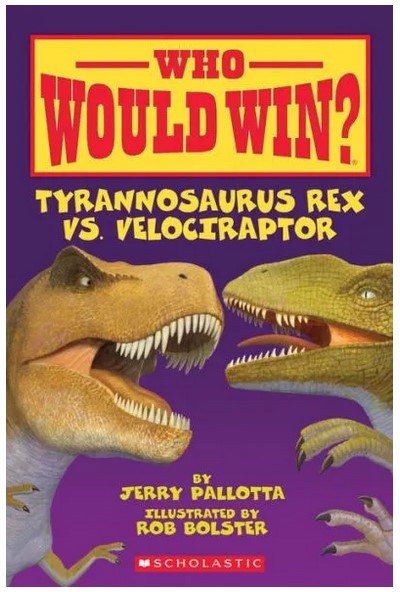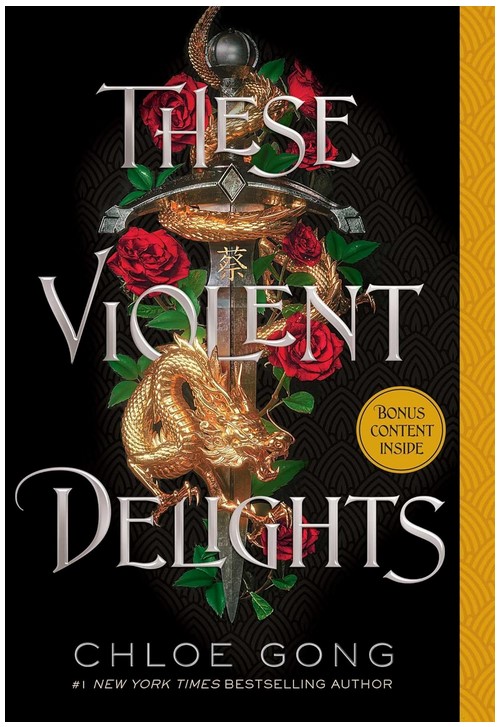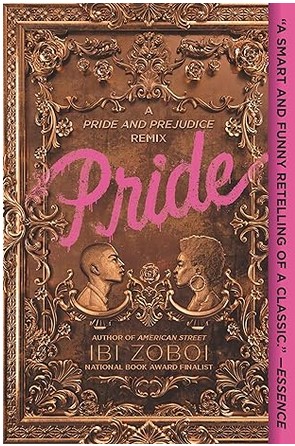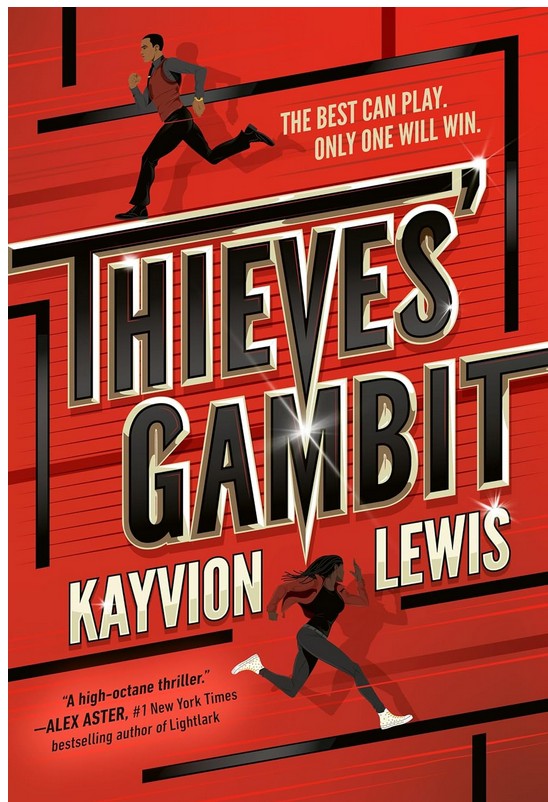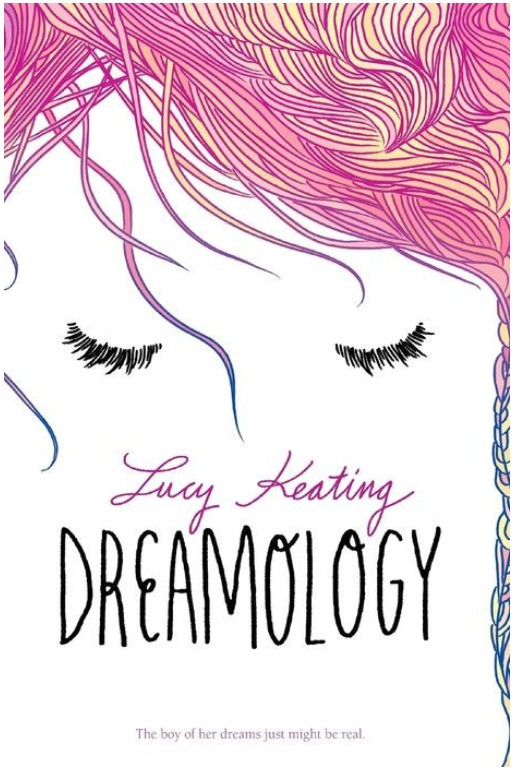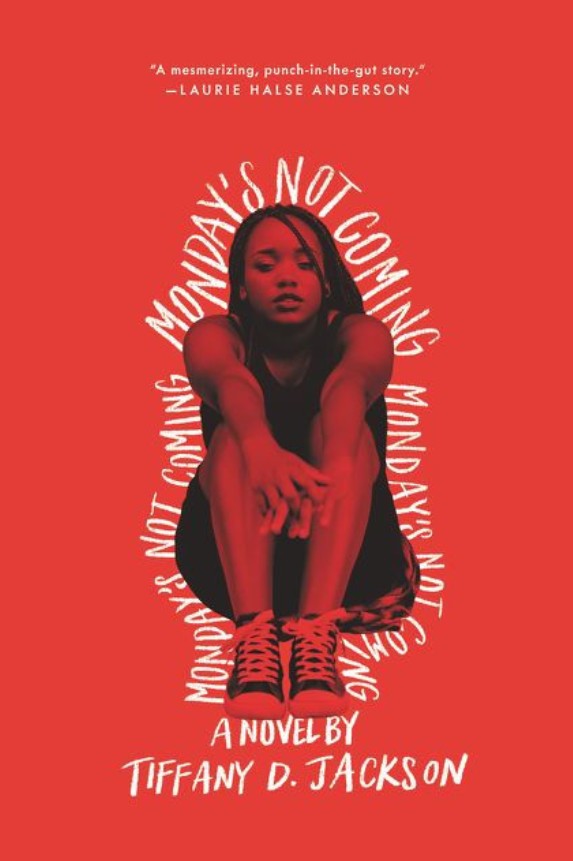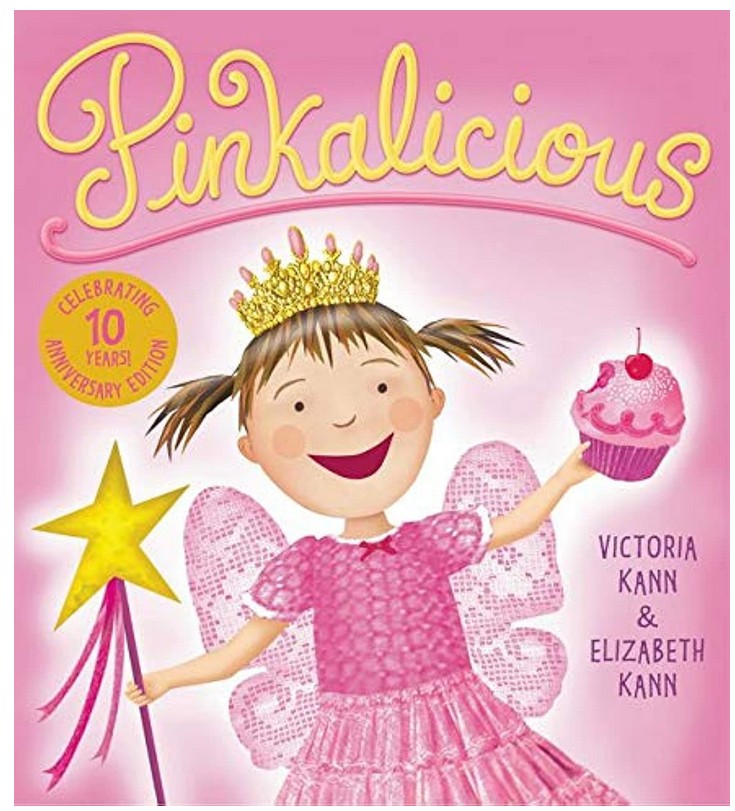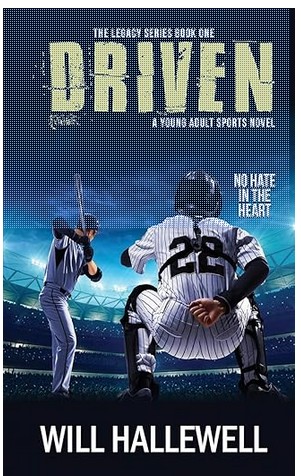Charlotte Mielswetzski and her cousin, Zachary “Zee” Miller, may appear to be typical middle-school students, but their lives are far from ordinary. Only the realm of Greek Gods is aware of their extraordinary adventures. After successfully saving the Underworld from a coup by a god named Philonecron and restoring the lost shadows of their peers, they are forced to return to their mundane existence. Despite their heroic acts, Charlotte is faced with an indefinite grounding, while Zee is treated with extreme caution as if he is fragile. This lack of recognition for their bravery leaves them feeling unappreciated and misunderstood. However, they find solace in each other as they navigate the complexities of the hidden world they have become part of, and they form a bond that grows stronger with each passing day.
But their newfound sense of normalcy is disrupted when Zee starts dating her best friend and seems to forget every aspect of their adventures. Charlotte becomes perplexed by her cousin’s sudden change in behavior and struggles to make sense of it all. Meanwhile, she must also contend with the challenges of being grounded, which leads to her feeling trapped and restricted in her everyday life.
Just when it seems like things couldn’t get more complicated, Charlotte’s parents announce that they will be going on a special cruise for spring break. Initially, this appears to be a haven for Charlotte, a place where she can finally escape from the clutches of Philonecron. However, Charlotte doesn’t know Philonecron is the descendant of Poseidon, a powerful god of water who does not take kindly to being made a fool of. As Charlotte sets sail on the cruise, she unknowingly becomes the target of Philonecron’s and Poseidon’s wrath. The open sea that once seemed like a place of safety now becomes a battleground where Charlotte must face new challenges and dangers.
While Charlotte is off on the cruise, facing her personal battles and grappling with the repercussions of her recent heroic act, Zee falls victim to a nefarious plot orchestrated by Philonecron and Proteus, a cunning and shape-shifting god. Proteus, in his quest to deceive and manipulate, assumes the form of Zee, ensuring that no suspicions are raised about the true nature of his absence. Under this guise, he cunningly delivers Zee into the clutches of Philonecron. Once in the clutches of Philonecron, Zee is immobilized on Poseidon’s luxurious yacht, a vessel that serves as a symbol of the god’s power. Unbeknownst to Zee, his fate intertwines with that of Charlotte’s, as she unexpectedly stumbles upon the captive duo during her final, climactic showdown with Poseidon himself.
In a twist of fate and a convergence of destinies, Charlotte must confront not only the wrath of Poseidon but also the treacherous plans of Philonecron, all while navigating the tumultuous waters of her personal struggles. As the tension reaches its peak and the stakes grow higher, Charlotte’s path intersects with that of Zee, leading to a high-stakes battle that tests their courage, resilience, and the depth of their bond.
If readers didn’t fall in love with Charlotte in the first novel, The Shadow Thieves, they will undoubtedly find themselves deeply enamored with her by the conclusion of The Siren Song. Throughout the story, Charlotte’s character shines as a remarkable embodiment of determination and strength, showcasing unwavering resolve and unyielding fearlessness in the face of adversity. Her unwavering determination and indomitable spirit make her an irresistible character that readers will surely cherish and admire. One of her greatest lines in the novel is when she addresses Poseidon before their final battle and says, “I’m afraid you’re just not that powerful, and now everyone here knows it. I mean, really, you’re all scared of him, but I beat him and I’m only in eighth grade.”
The Siren Song is a captivating read that seamlessly continues the story of Charlotte and Zee’s thrilling and unforgettable adventures within the mythical world of Greek Gods. With its vivid and descriptive prose, the book effortlessly transports readers to a realm where ancient legends come to life, where the lines between reality and mythology blur, and where the power and allure of the Siren’s song beckons. Whether you are a fan of Greek mythology or simply looking for a captivating and immersive reading experience, The Siren Song is an absolute must-read that will leave you craving for more.
Sexual Content
Violence
- Charlotte has recurring nightmares of dying in the River Styx. “Charlotte felt a shuffling around her, and before she could react she was being pushed toward the Styx. She wanted to fight back, to turn, to run, but she had no strength, no will. She could do nothing. She found herself on the banks, the heat from the river hitting her face . . . Charlotte stared at [Hades] as she fell into the River Styx.”
- Zee, similar to Charlotte, also is plagued by nightmares from the things they saw in the Underworld. “You would think that after the tenth time you dreamed that Harpies were attacking your family while you were chained to a cliff and forced to watch, it would become less upsetting — but, Zee could tell you, it had not.”
- Two men kidnap Zee, but he doesn’t go down without attempting to fight. “As panic welled up inside him, Zee kicked his left foot back as hard as he could toward the knee of the man on his left. Instead of making hard contact, his foot kept going past the plane of the leg, plunging right into the watery body. He heard a rippling sound and felt a strange vibration on his arm, and for a moment, the man’s grip loosened. Zee wrenched his body forward violently, bracing himself to kick the other man, when his eyes caught some sort of strange shifting in front of him. Suddenly the man in the aqua suit was gone, and Zee found himself face to face with — himself. Zee’s whole body went slack, his vision blurred, his stomach turned, his skin turned to ice.”
- Poseidon displays his rage by killing or torturing anyone who defies or questions him. A waitress that works for him asks him a question and he becomes enraged. “‘I’ll show you,’ he boomed, lifting the trident. The waitress screamed, and in one fluid motion, Poseidon pointed it directly at her. As Charlotte watched, frozen, a stream of green light came shooting from the trident and hit the women.” Poseidon turned her into a goldfish and left her struggling for air, but Poseidon made all his wait staff immortal so she couldn’t die.
- Charlotte steals Poseidon’s trident which proves a struggle as she tries to harness the power of one of the strongest gods. It also enrages Poseidon causing a fight between him and Charlotte. Poseidon “stopped and, raising his arms above his head, summoned a spinning column of water from the choppy sea. The column moved rapidly toward Charlotte, who took a single step back, clutching the trident to her chest. Then a tremendous force slammed her into the wall of the ship. Her head hit the wall hard, and that was when everything went black. Charlotte awoke to find the trident lying next to her and a cackling Poseidon galloping toward her… Then a tentacle swopped down and crashed into Poseidon’s chariot . . . While Poseidon’s attention was diverted, Charlotte got up groggily and ran around to the stern to make her stand against the Ketos [another god], clutching the trident.” She is aided in her fight by a giant squid named Sir Laurence and Zee. Together, the three defeat Poseidon and take his trident to save Charlotte’s parents who are trapped on the cruise ship.
- The cruise ship that Charlotte’s parents were trapped in drifts off course and the damage to the ship causes a gas leak that renders everyone unconscious. Afterward “the ship’s doctor began examining everyone immediately and discovered that everyone seemed to survive the experience unscathed — everyone except one thirteen-year-old girl [Charlotte]. She had suffered a concussion and a lumbar sprain in her back. She also had big black and green bruises all over her body, tiny lacerations on her face, a sprained wrist, small cuts in her hands and knees, blisters on her hands, and bruised ribs. When questioned, she had no memory of what had happened to her — no one could press her, because they didn’t remember what had happened to them, either.”
Drugs and Alcohol
Language
Supernatural
- The beginning of the book explains how Charlotte and Zee are tied to the world of Greek mythology through their last adventure in the Underworld. “The thing is, a few months before, in order to save all the sick kids, Charlotte and Zee had to sneak down to the Underworld — the Underworld as in the Greek mythology Underworld, which is actually real. In fact, as Charlotte learned last fall, much to her surprise all of Greek myths are real — Zeus, Poseidon, Hades, the whole bit . . . Hades is the god of the Underworld, and a minor god named Philonecron tried to overthrow him, and to make an army he’d stolen and enchanted kids’ shadows.”
- Charlotte steers a small lifeboat towards Poseidon’s yacht but encounters the monsters Scylla and Charybdis. Poseidon positioned them to prevent mortals from finding the boat. “The water was moving, at first slowly and then in a rush, into the cave on a the right, and as Charlotte steered the boat away, she saw that there was a smaller cave inside the first. No, no, not a cave, but a mouth. A huge, gaping mouth, rimmed with pointy yellow teeth. There was a monster in the cave — green and around and the size of a house, with pink eyes on six wavering tentacles and an open mouth that seemed to take up its whole body.” Charlotte escapes death with the help of a friend.
Spiritual Content
